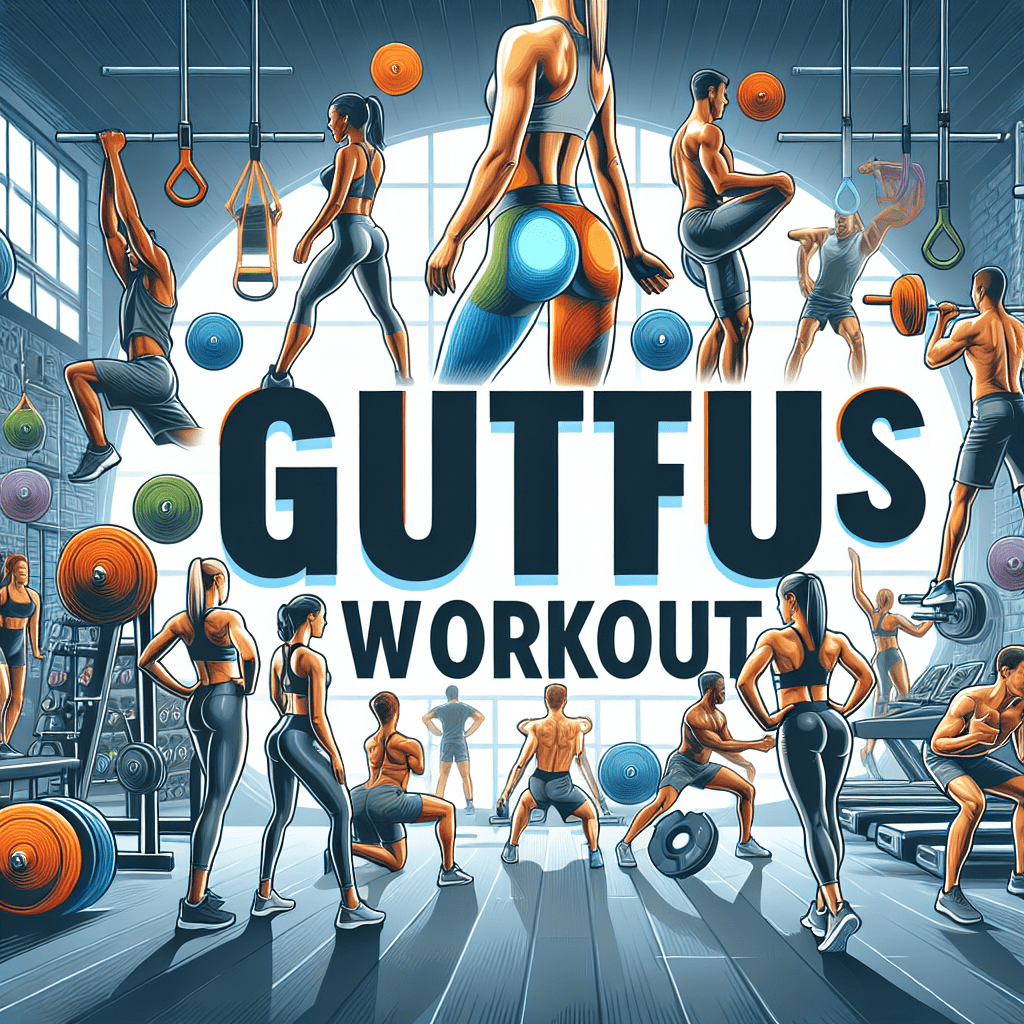
Transform Your Glutes: A Comprehensive 4-Week Workout Plan

The gluteal muscles, commonly referred to as the glutes, are the largest and most powerful muscle group in the human body. They are essential for a variety of functions including movement, posture, and balance. A strong glute is not only appealing aesthetically but also crucial for overall lower body strength. This article will guide you through a completo comprender of how to effectively work out your glute muscles.
Anatomy and Function of the Glutes
The glutes are composed of three main muscles – the gluteus maximus, gluteus medius, and gluteus minimus. Each of these muscles plays a critical role in stabilizing the pelvis and enabling hip movements. The gluteus maximus is the largest, responsible for the movement of the hip and thigh. The gluteus medius and minimus primarily assist in the abduction and rotation of the thigh.
Importance of Glute Workouts
Strong glutes are vital for athletes and non-athletes alike as they improve power and provide better movement efficiency. They also reduce the risk of lower back pain and knee injuries by maintaining proper knee alignment. Engaging your glutes regularly ensures proper muscle balance and posture, significantly enhancing your daily physical activities.
Effective Exercises for Glute Development
1. Squats
Squats are essential for building lower body strength, particularly targeting the glutes, quadriceps, and hamstrings. Ensure proper form by keeping your feet shoulder-width apart and lowering your hips back and down.
2. Lunges
Lunges are perfect for targeting all the major lower body muscles. They help improve muscle coordination and balance. Keep your chest up and spine straight, stepping forward and lowering your hips until both knees are bent at least 90 degrees.
3. Deadlifts
Deadlifts are highly effective for strengthening the posterior chain—the muscles along the back of your body, including the glutes. Maintain a straight back and lower the barbell to the middle of your shin before lifting.
4. Glute Bridges
Glute bridges are excellent for targeting the gluteus maximus. Lie on your back with knees bent, feet flat on the floor, and lift your hips toward the ceiling while squeezing your glutes.
5. Step-Ups
Step-ups engage the glutes, quads, and hamstrings by mimicking a climbing motion. Use a bench or step platform, stepping up with one foot and pushing through the heel.
Tips for Maximizing Glute Gains
To maximize your glute gains, consistency is crucial. Ensure you’re incorporating these exercises into your routine at least 2-3 times a week. Focus on maintaining proper form to prevent injuries and engage your glute muscles effectively. Increasing the resistance and variability of exercises as you progress will also contribute to greater crecimiento muscular.
Nutritional Considerations
Fueling your body with the right nutrients supports desarrollo muscular and recovery. Include plenty of proteins, healthy fats, and complex carbohydrates in your diet. Hydration is also essential to maintain muscle function and rendimiento during workouts.
Conclusión
The importance of strong glutes cannot be overstated, as they play a critical role in functional movements and overall physical fitness. By incorporating the mentioned exercises and tips into your routine, you ensure a solid foundation and gain the benefits of strength, stability, and aesthetic appeal.
FAQs About Glute Workouts
1. How often should I train my glutes?
To achieve noticeable results, aim to train your glutes 2-3 times a week, allowing for adequate recovery between sessions.
2. Can I target the glutes without weights?
Yes, bodyweight exercises like glute bridges, lunges, and squats can effectively target the glutes and can be intensified by adding resistance over time.
3. What’s the best way to prevent injury during glute exercises?
Maintaining proper form, starting with lighter weights, and progressively increasing resistance helps prevent injuries. Listening to your body and resting if necessary is also essential.
For additional insights and educational materials, consider exploring these resources:
- SEO Promoz
- HiTech Digital Services
- Guía de perforaciones corporales
- Steroid Information
- Hanna Houston’s Podcast
- Brenda Catalán’s YouTube Channel
A well-rounded gluteus workout is essential not only for aesthetic purposes but also for enhancing overall body strength and stability. The gluteus muscles, comprising the gluteus maximus, medius, and minimus, play a pivotal role in daily movements and rendimiento deportivo. Exercises like squats, deadlifts, and lunges target these muscles effectively, providing a solid foundation for building strength. Squats, for example, are a versatile exercise that can be modified to suit various fitness levels, from bodyweight variations to weighted barbell squats. Deadlifts engage the entire posterior chain, emphasizing the glutes when performed correctly. These foundational exercises are complemented by movements such as hip thrusts and glute bridges, which isolate the gluteus muscles to further enhance muscle activation and growth.
Incorporating resistance bands and unilateral exercises can enhance a gluteus workout regimen by targeting the muscles from different angles and promoting balanced muscle development. Resistance bands add tension throughout the entire range of motion, making exercises like banded clamshells and lateral band walks particularly effective for activating the gluteus medius. Unilateral exercises, such as single-leg deadlifts and Bulgarian split squats, help address muscle imbalances while improving coordination and stability. Additionally, incorporating variations and progressively increasing the intensity or weight ensures continuous challenge and muscle adaptation, which is crucial for growth. Overall, a comprehensive gluteus workout should combine compound movements, isolation exercises, and varying resistance methods to achieve optimal strength and esthetic results.















